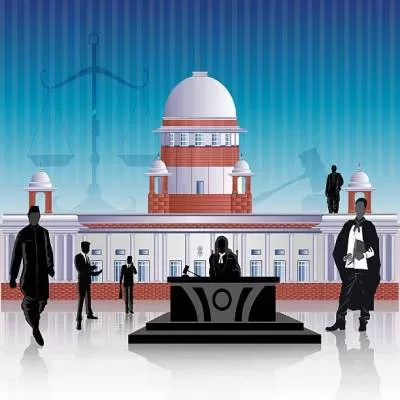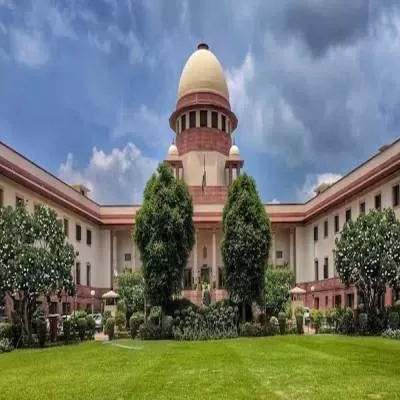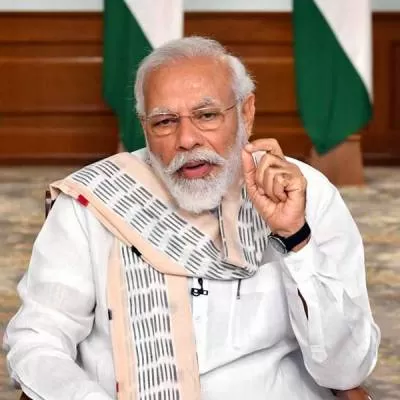
Testing Budget Shakti
01 Feb 2022
10 Min Read
Editorial Team
Infrastructure development has
clearly been given a huge thrust in
the Union Budget 2022-23 by the
finance minister. The capital outlay
has been raised by 35 per cent to
Rs.7.5 trillion and the fiscal ...
Read full article
Try CW Gold Subscription at 167/Month
CW Gold Benefits
- Weekly Industry Updates
- Industry Feature Stories
- Premium Newsletter Access
- Building Material Prices (weekly) + trends/analysis
- Best Stories from our sister publications - Indian Cement Review, Equipment India, Infrastructure Today
- Sector focused Research Reports
- Sector Wise Updates (infrastructure, cement, equipment & construction) + trend analysis
- Exclusive text & video interviews
- Digital Delivery
- Financial Data for publically listed companies + Analysis
- Preconceptual Projects in the pipeline PAN India




















